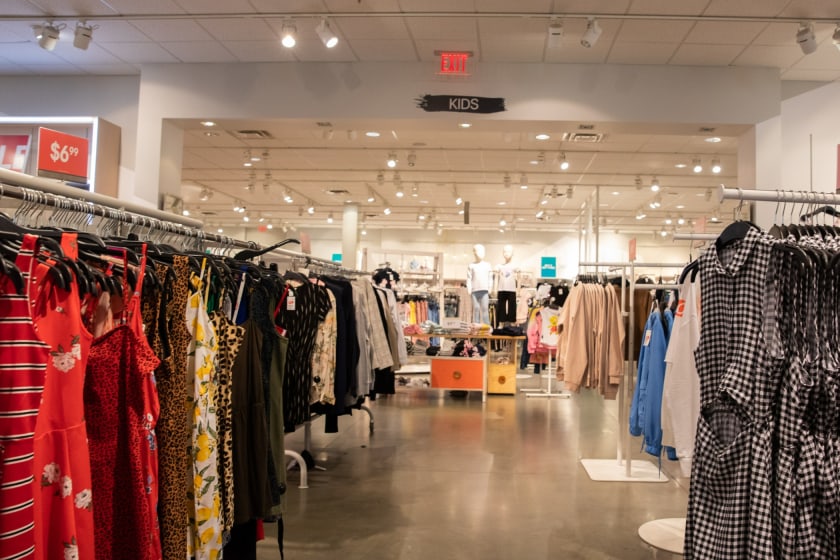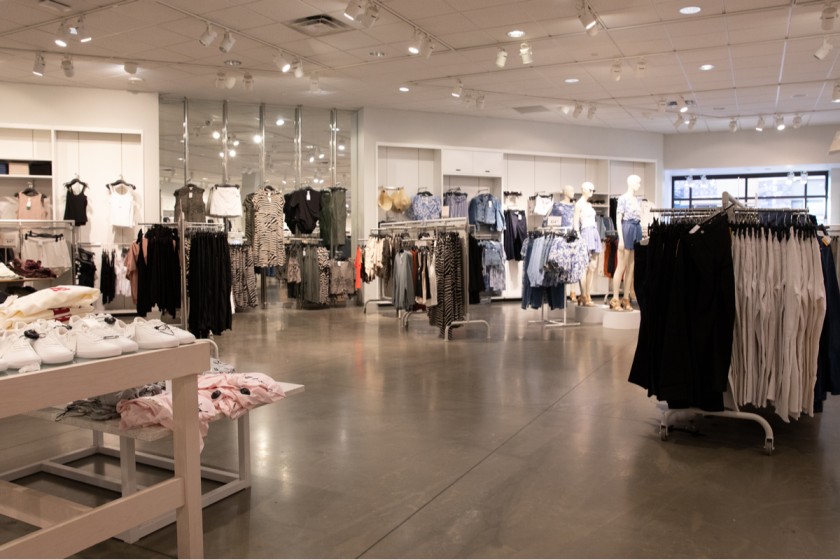A Guide for Manufacturing and Brand Owners That Have Been Struggling with Their Current Supply Chain Management



A supply chain is the backbone of several industries as most large companies outsource some portion of their manufacturing to smaller firms. For example, a Los Angeles Clothing Manufacturing company that excels in making t-shirts made from 100% cotton can procure the cotton from a country like India, where it is available at a cheaper rate. Also, as the labour wages in countries like India and China are significantly lower than the labour wages in the US, they might get their apparel stitched from there.
Thanks to the supply chain, owners of a clothing line only need to focus on branding and labelling. It is obvious that companies around the world outsource their work only if it significantly lowers their bottom line.
On the other hand, brand owners that handle the end-to-end operations of their business can hit a few snags. A company that manufactures everything by itself also needs to rely on supply chain management for transportation, packaging, and other aspects involved in delivering the finished product to the consumers. In addition, organisations that manage their business through e-commerce also have to face several challenges while maintaining the balance between demand and supply.
Here are some ways using which brand owners can resolve some of their supply chain problems:
Scarcity of materials
During the pandemic, the consumption rate across the world increased manifold. This led to a huge gap between demand and supply, ultimately resulting in the scarcity of materials. Fashion brands that relied on traditional procurement methods suffered the most during this period. On top of that, the lack of resources and options for procuring materials from distant markets increased the prices of several commodities.
Companies that couldn’t deal with the changing scenarios had to even shut down their production for some time. Even today, i.e., in the post-pandemic era, the supply chain of several industries has not returned to normalcy yet.
How to resolve this issue?
It’s a given that the supply chain will take some time to return to its normal state. Until then, companies in the fashion domain can focus on reducing their working capital. This will allow them to procure the prices at a higher rate. Brand owners must figure out ways to resolve supply scarcity by making their business less dependent on suppliers and vendors.
To this end, fashion brands can make use of technological platforms that provide quick details about vendors that operate in a particular region or city. By establishing working relationships with multiple suppliers or vendors, brand owners can successfully keep up with the rising demand of their consumers.
Increase in freight tariff
The freight tariff has increased across the world as domestic consumption is on the rise. Therefore, companies that procured their inventory from other countries are witnessing a considerable reduction in their profits. It is tough for these brands to manage the continuous supply of consumer goods amidst the increasing tariff. The hike in fuel prices can also put a huge burden on industries that import goods via cargo containers.
How to resolve this issue?
If the increase or decrease in freight tariff highly influences a company’s profit, it should find a supplier from a nearby region. The brand can also promote locally manufactured goods to target the niche market in their own country or region.
For example, a Los Angeles Clothing Manufacturing company can order cotton from a nearby market in California rather than ordering it from India. It will not only help them reduce the impact of tariffs, but they may also be able to keep up with the growing demand of their customers.
A technological platform that allows brand owners to optimise their logistics and supply chain is the need of the hour. Such platforms will allow them to connect with suppliers who have the necessary infrastructure to fulfil bulk orders. Also, innovative dashboards that offer real-time tracking of ordered inventory will help them line up their production units and meet the future demands of their consumers.
Issues in demand forecasting

Demand forecasting has been a huge challenge for many companies since the onset of the pandemic. Retail companies have no idea whether to stock their inventory or use it to increase production. While customer demand has been steadily increasing, clothing companies cannot accurately identify the rise in demand. This predicament has forced brands to preemptively stock their inventory for the future, which may also lead to the misuse of resources.
For instance, a Los Angeles Clothing Manufacturing company might ramp up its production to meet consumer demands. However, if they fail to realise the actual reason behind the growth in demand, their increased production will not boost their profits.
How to resolve this issue?
Companies need to use scientific data analytical tools to carry out their future forecasting analysis. They should use accurate tools to collect, interpret, and understand huge chunks of data. The finer details of the data need to be analysed accurately before reaching conclusions.
For instance, predicting an increase in consumer demand in the apparel industry is a generic analysis. On the other hand, the increase in consumer demand in the apparel industry due to the rise in face masks, PPE kits, or winter clothes is a much deeper and more accurate analysis of the situation.
Similarly, consumers worldwide are slowly opting for brands that follow sustainable practices in manufacturing. Therefore, fashion vendors and suppliers are showing more interest in working with organisations that follow a sustainable approach in their workplace.
If retail companies manage to identify such trends, they will definitely be able to fine-tune their supply chain management.
Impact of inventory size
Many companies tend to meet their daily production target with a small inventory. Therefore, they always rely on the recently delivered or ordered shipments. The lack of truck drivers and other small issues in the supply chain has already impacted the logistic industry. On top of that, fashion brands that functioned with smaller inventories increased their backlogs, eventually leading to a huge crisis in supply management.
On the other hand, companies with a habit of piling up their inventory affect the distribution cycle in supply management. With limited resources to offer, the suppliers and manufacturers are often unable to meet the demand of the brand owners. In addition, as some companies tend to stock their inventory, others who need them to fulfil an urgent order get stuck in the process.
How to resolve this issue?
While it is imperative for businesses to run a leaner process with limited inventory, their ordering process should not burden the suppliers. The suppliers should be given a fair estimate of the essentials for a specific duration. It will not only reduce their backlogs, but they will also be able to serve multiple clients with ease. An online platform that helps suppliers connect with brands and manufacturers instantly can fortify the supply chain.
Apparel brand owners will be able to find trustworthy suppliers that provide them with quality fabrics while maintaining flexibility in terms of quantity and scale. Brand owners should have the option of identifying the suppliers who have a low MOQ (Minimum Order Quantity) when they don’t know whether a particular product will be received by the buyers or not.
Finding the right expertise

The fashion industry thrives due to the wide range of designs, fabrics, and patterns offered by apparel brands. However, not all clothing manufacturers have the right fashion expertise to fulfil the expectations of both brand owners and consumers. For instance, an apparel manufacturing company that designs night suits might not have the expertise to work on swimsuits, and vice versa.
How to resolve this issue?
An online platform like Fashinza allows brand owners to connect with manufacturers in real-time and can be used to minimise the wastage of time and resources.
By communicating with clothing manufacturers, brand owners will get an idea about their expertise and decide whether to assign them work or not. Brand owners will have the opportunity to check the expertise of hundreds of manufacturers. Therefore, it will be easier for them to zero in on the manufacturers who can handle their requirements.
The biggest advantage of using Fashinza is that brand owners get access to articles, research papers, and other exclusive materials related to supply chain management. It helps them fine-tune their delivery system and procurement process to keep up with the evolving fashion trends.
Visit Fashinza today and find out why it is tailor-made for apparel brands, manufacturers, suppliers, and everyone in the supply chain.



















